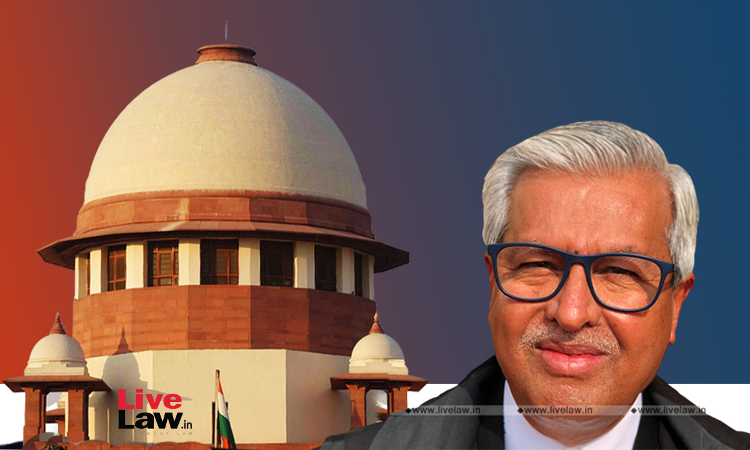Why Vice President Dhankhar Is Wrong In Attacking The Judiciary
Senior Advocate Dushyant Dave
19 Jan 2023 9:54 PM IST
In declaring the NJAC Act unconstitutional the Supreme Court did what it is mandated to do under the Constitution. Nothing more and nothing less
When the speaker of the Lok Sabha and the Chairman of the Rajya Sabha initiate a debate at the all-India presiding officers conference on the role of the judiciary, the country must wake up. Vice-President Jagdeep Dhankhar characterised the Supreme Court judgment on the National Judicial Appointments Commission (NJAC) Act as “a glaring instance of severe compromise of parliamentary...
When the speaker of the Lok Sabha and the Chairman of the Rajya Sabha initiate a debate at the all-India presiding officers conference on the role of the judiciary, the country must wake up. Vice-President Jagdeep Dhankhar characterised the Supreme Court judgment on the National Judicial Appointments Commission (NJAC) Act as “a glaring instance of severe compromise of parliamentary sovereignty and disregard of the mandate of the people”. The attack on the judiciary is now out in the open. He went on to say that “we cannot have an ostrich-like stance”. Speaker Om Birla added to this by demanding that, “the judiciary was expected to follow the separation of power mandated by the Constitution”. Both the distinguished leaders desired that the judiciary work in harmony with the executive and legislature.
May I remind the Vice President and Speaker, with utmost respect, that “the diffusion of constitutional morality, not merely among the majority but throughout the entire community, is the indispensable condition of government at once free and peaceable”.
Clearly, this amendment was an afterthought and was a majoritarian act. The Supreme Court, therefore, in the celebrated case of Kesavananda Bharati v. State of Kerala, while affirming the power to amend the Constitution, rightly held that Parliament cannot change the basic features of the Constitution under Article 368. Amongst the basic features are fundamental rights, rule of law, judicial review, separation of powers, and an independent judiciary. The Supreme Court declared the NJAC Act and the consequential amendment to the Constitution as unconstitutional. The Supreme Court did what it is ordained to do under the Constitution. Nothing more and nothing less.
The framers of the Constitution were clear in Articles 141 and 144. Article 141 states that the law declared by the Supreme Court is binding on all courts within the territory of India. Article 144 states that all authorities, civil and judicial, in the territory of India shall act in aid of the Supreme Court.
Clearly, the judiciary and in particular the Supreme Court are under duty to protect the Constitution and its basic features. Parliament is injuncted by virtue of Article 13(2) from framing any law that in any manner takes away or affects the fundamental rights of citizens. Such laws are declared by the constitution framers “to be void”. The Supreme Court being the ultimate interpreter of the Constitution must necessarily make a declaration on such laws.
The Constituent Assembly passionately debated the independence of the judiciary and provided for the judiciary to be independent of the executive and legislature. K M Munshi said on May 23, 1949: “Largely, however, it will depend on how the judiciary works, what the spirit of the legislature is and in what spirit the executive works. That is a matter which principally lies with the public opinion in the country as well as with those working the Constitution.” He reaffirmed that the independence of the judiciary was sufficiently provided under the Constitution. Ambedkar added: “And I have said that the relation between the executive and the judiciary is so separate and distinct that the executive has hardly any chance of influencing the judgment of the judiciary.”
Is the prophecy of the great man turning out to be true? Have things gone so wrong? Is the current moment a precursor to the debate on the presidential form of government?
The world today is caught between autocracy and democracy. Let India realise the danger of this discourse. Let the legal profession awaken to defend our beloved Constitution and the Judiciary.
This Article is first published in The Indian Express. You can read the original post here.
The writer is a senior advocate, Supreme Court of India and former president, Supreme Court Bar Association of India


